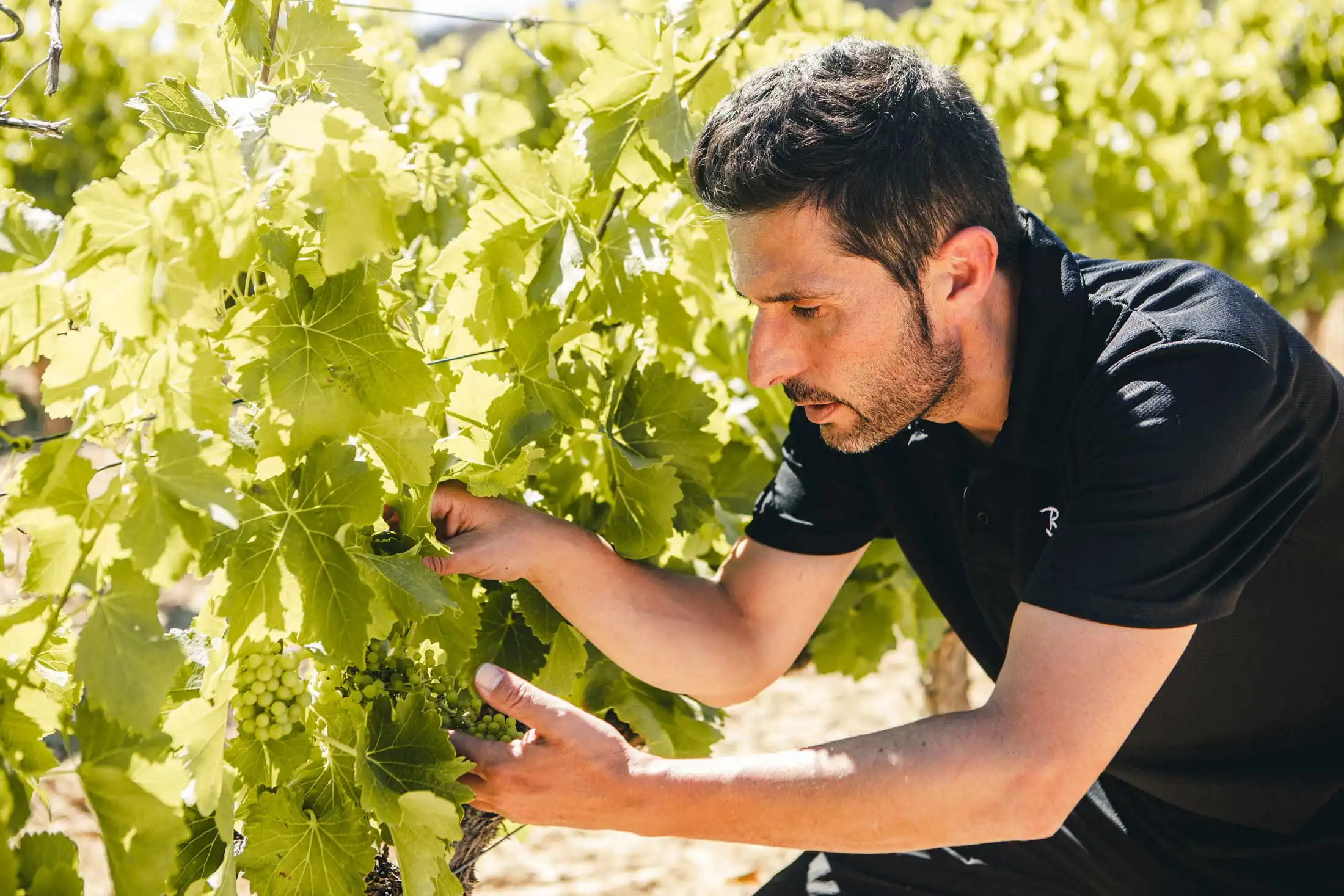Project
Gonzalo Celayeta Wines, since 2004

Personal Project
Project History
After training and working there for almost four years, he decided to broaden his horizons and went on to produce and advise different wineries in Navarra and Rioja, but it was in 2004 when he decided to start his personal project “Gonzalo Celayeta Wines”.

After training and working there for almost four years, he decided to broaden his horizons and went on to produce and advise different wineries in Navarra and Rioja, but it was in 2004 when he decided to start his personal project “Gonzalo Celayeta Wines”.
In 2006 he also became technical director of Bodegas San Martín, also in Navarra, and in parallel continued to develop his project in a more selected way, even with limited editions that will not always be repeated over time and with the idea of bringing out new wines, new projects always with a personal and differentiated touch that contain a small story behind them.
In 2014 he ventured into another new and exciting project, Bodegas Unsi, with a small winery located in Olite and vineyards in San Martín de Unx, the town where almost all of his winemaking is focused. Unsi is a project born with the idea of recovering old Garnacha vineyards abandoned in mountain areas, places of very difficult access but with a very important charm and authenticity. So he joins this project where, together with some winegrowers of the village, he starts the winery that today has established itself as one of the best Garnachas in Spain.

But going back to Gonzalo Celayeta Wines, which is really his personal project, we can describe his philosophy in making wines always with a story behind, something that transmits an emotional experience, authentic wines with something different either by their dedication, elaboration or variety (always small productions).
It can be defined as a traditional project in terms of winemaking, looking for typical or traditional varieties and made with little interventionist methods (respectful) and that can reflect the character of the area and variety from which they come. On the other hand, there is a modern touch in the way of transmitting the project, looking for personal experiences and stories.
The wines can be classified as authentic and representative of the area where the grapes are harvested, always looking for a more mineral than commercial profile, we can define them as wines with a gastronomic profile, more for the table than for the bar and always with good aging potential.